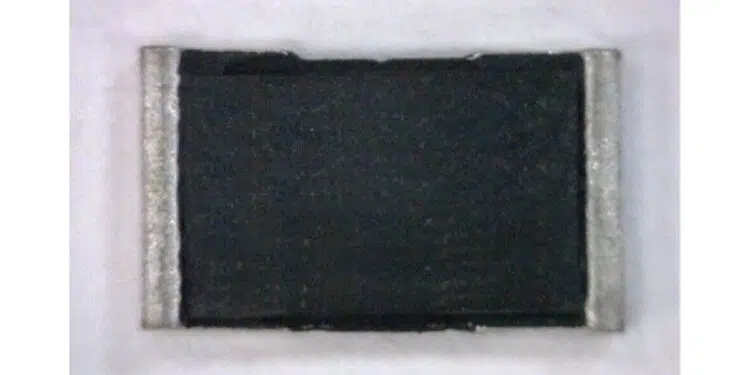Stackpole Electronics’ CSRT2512-UP was developed to provide accurate, high power current sensing for elaborate electronic devices that exceed the capabilities of most 2512 case sizes available in the industry. Stackpole has expanded the resistance value range of its CSRT2512-UP to include
the popular 50 milliohm.
The CSRT2512-UP is an AEC-Q200 compliant thin film-based chip resistor with TCR of ±50 ppm, tolerances as low as ±0.5% and fully
RoHS compliant, halogen free, and lead free (no exemptions). The CSRT has exceptional electrical and environmental performance as well, with resistance shifts of less than 1% for many industry standard stress tests.
The excellent high power capability, stability, expanded resistance range, and accuracy of the CSRT2512-UP are ideal for applications including power modules, frequency converters, home appliances, solid state power supplies, portable battery management, hybrid power control and automotive power and control.
Pricing for the CSRT2512-UP in 1% tolerance is around $0.22 each in full package quantities.
CSRT Series Features:
• 0201 to 2512 (standard terminations) and 0612 to 1225 (wide terminations) available
• Low resistance, TCR and inductance
• Excellent long-term stability
• High precision current sensing
• High power capability
• “-UP” High power version
• Non-standard resistance values available
• AEC-Q200 qualified (all sizes except 0201)
• 100% RoHS compliant and lead free without exemption
• Halogen free
• REACH compliant
Applications:
• Consumer electronics
• Computer
• Telecom
• Measuring instrument
• Industrial / Power supply
• Battery management system































